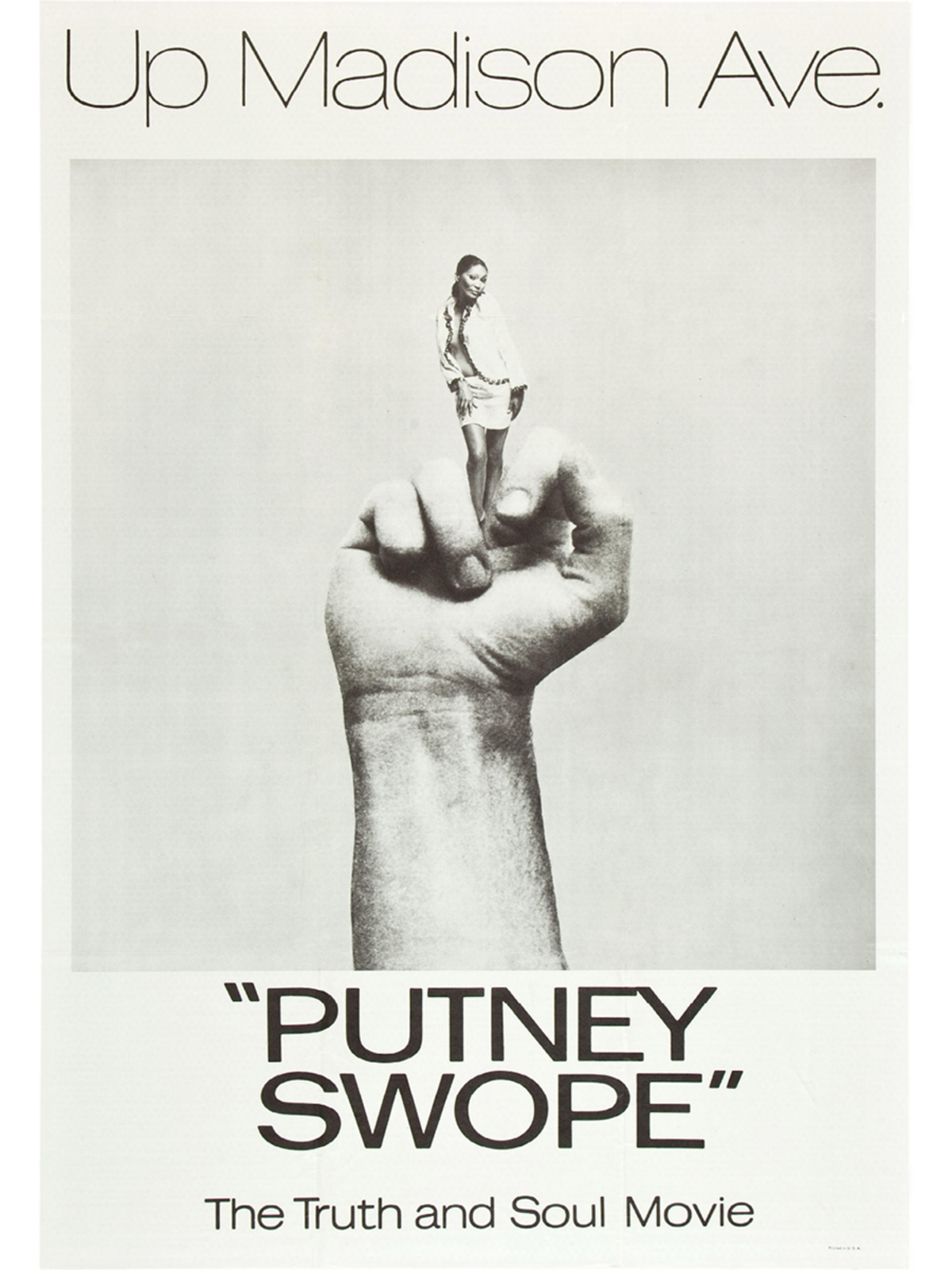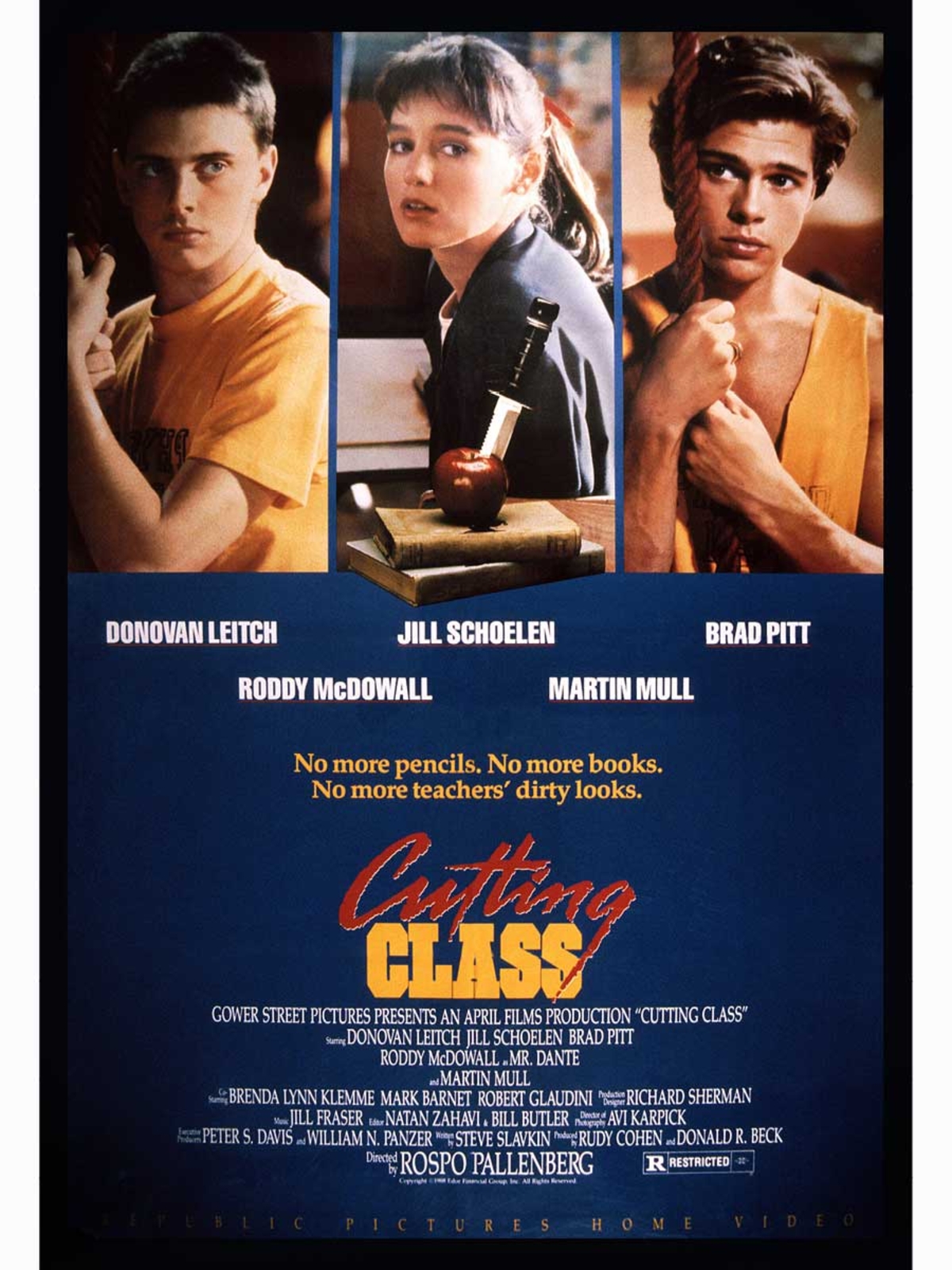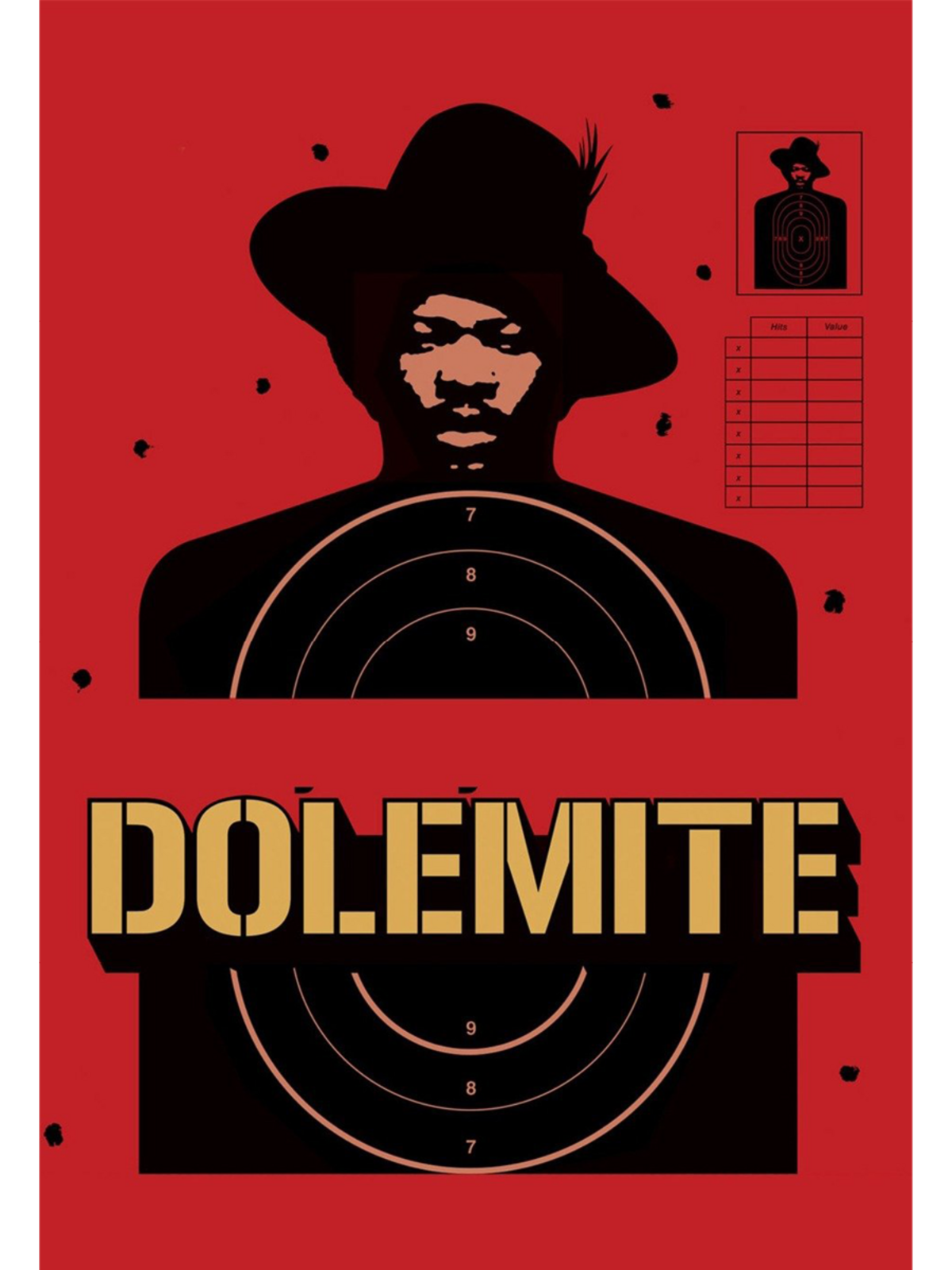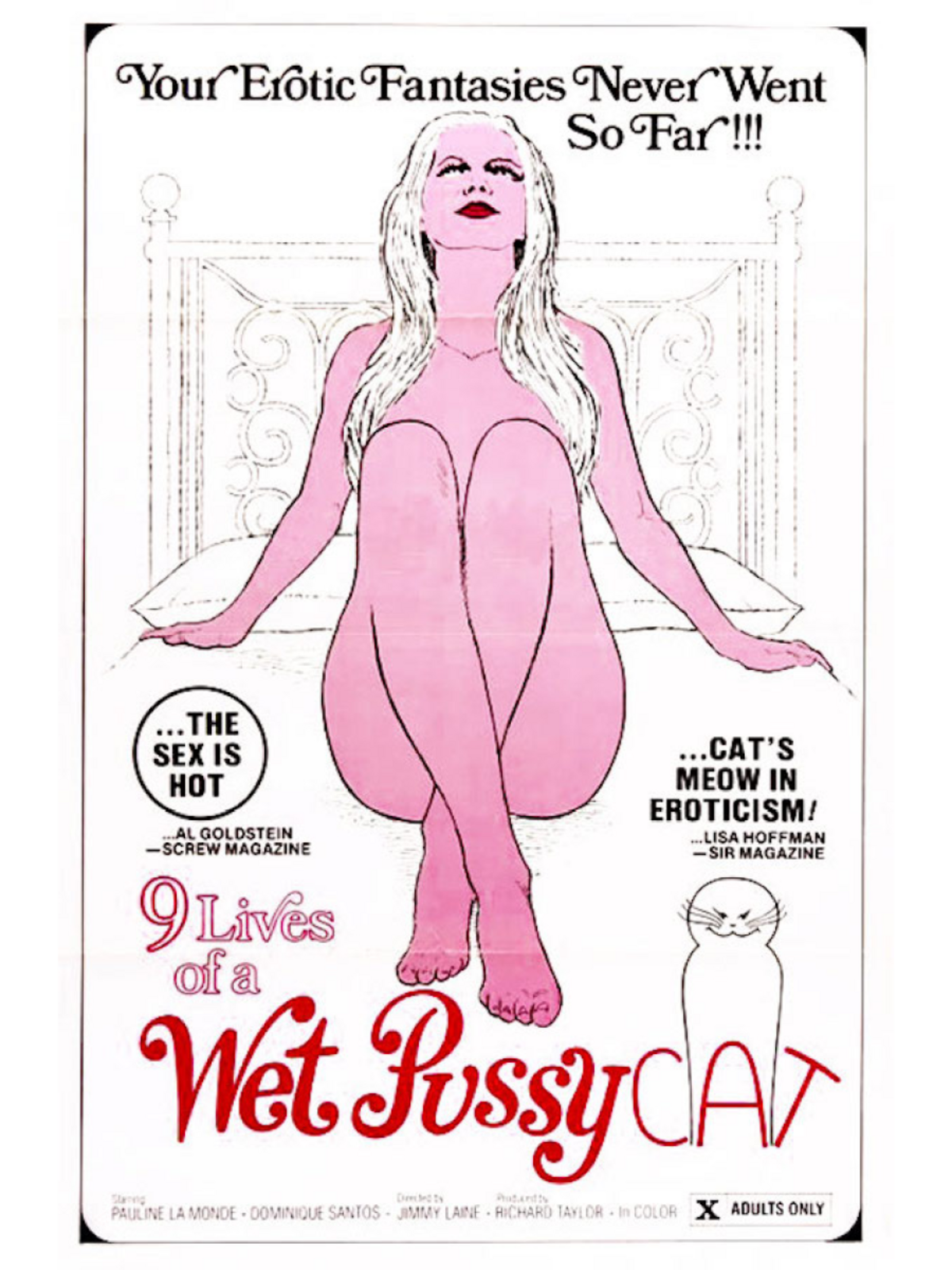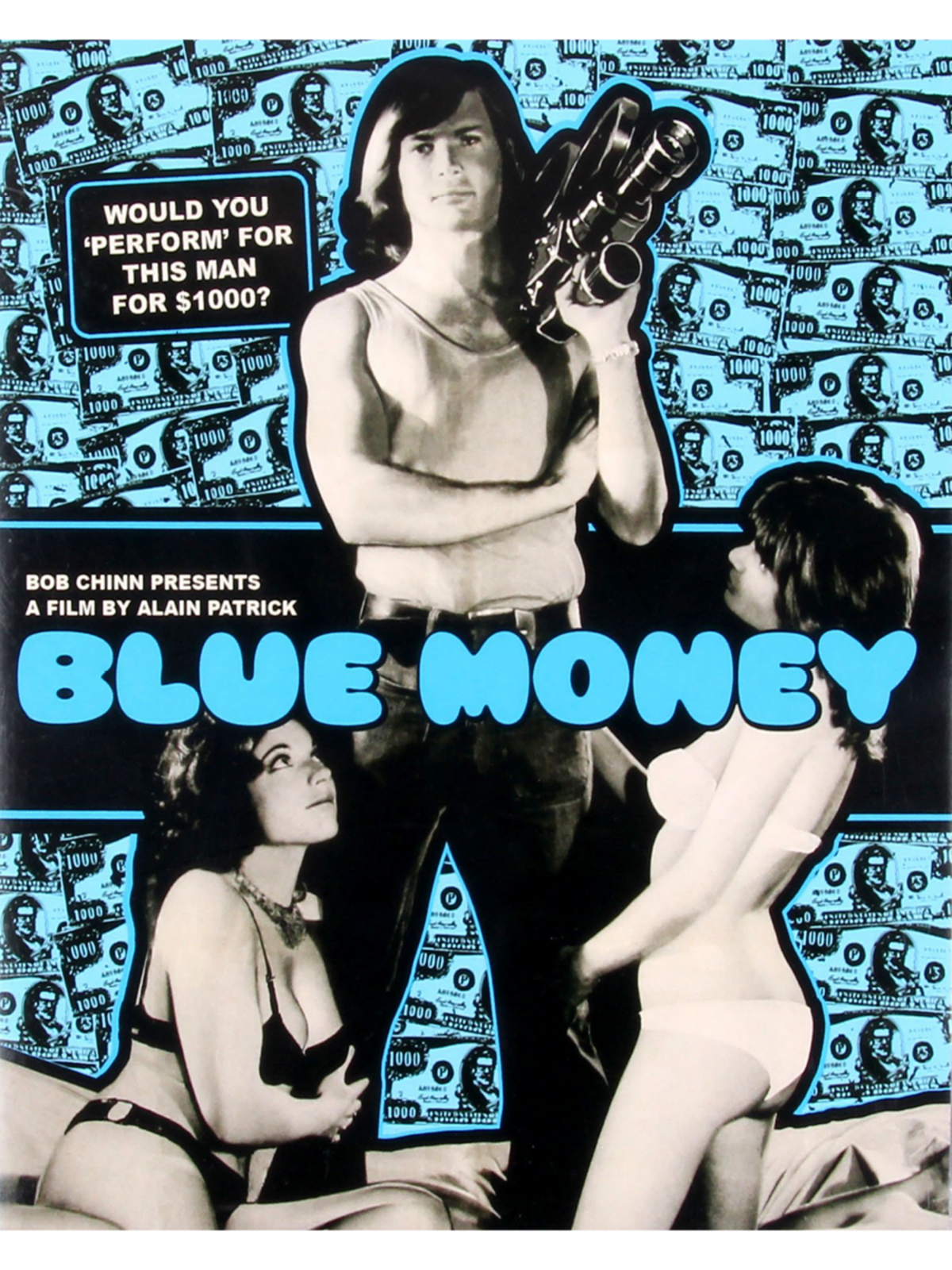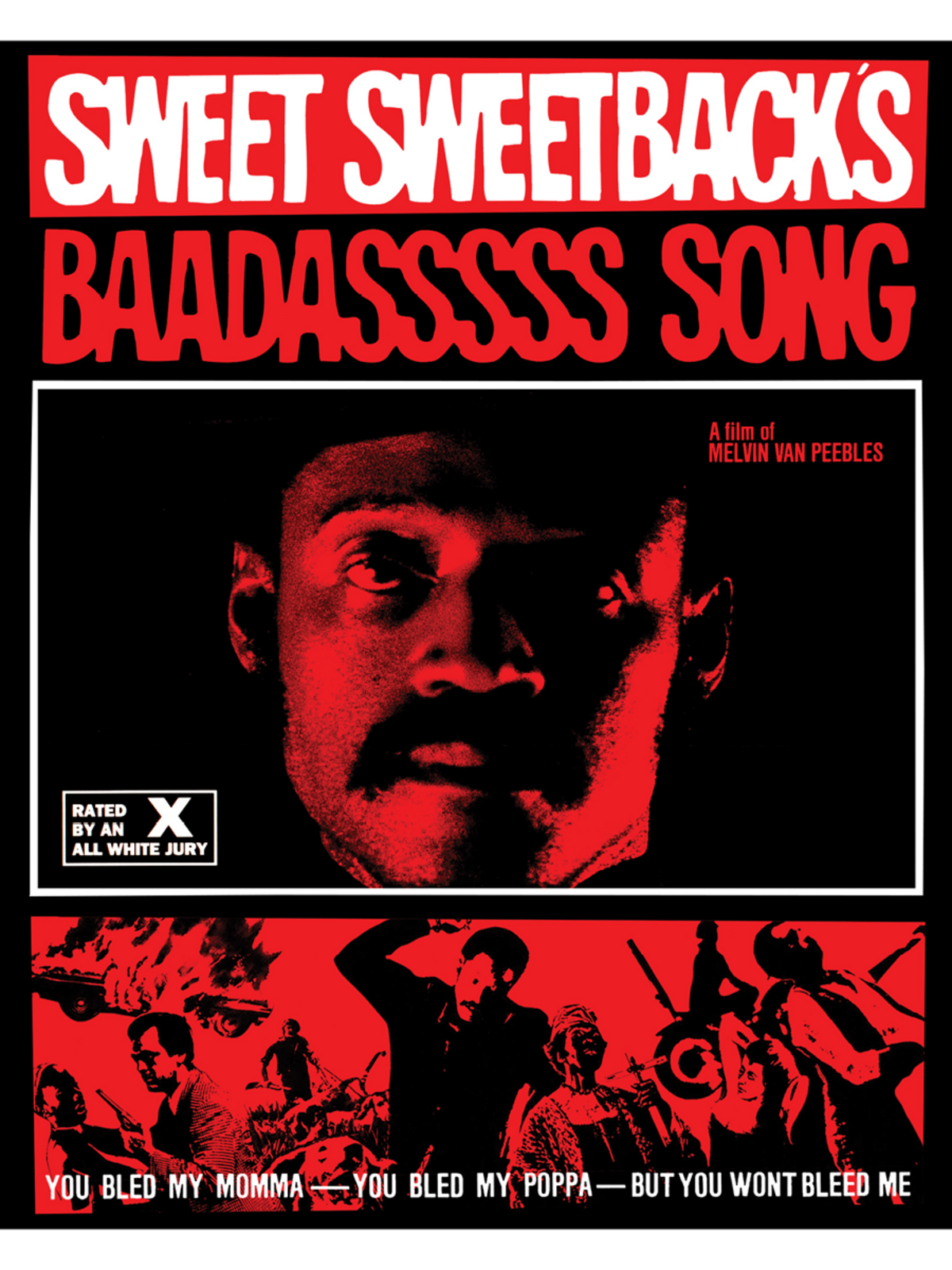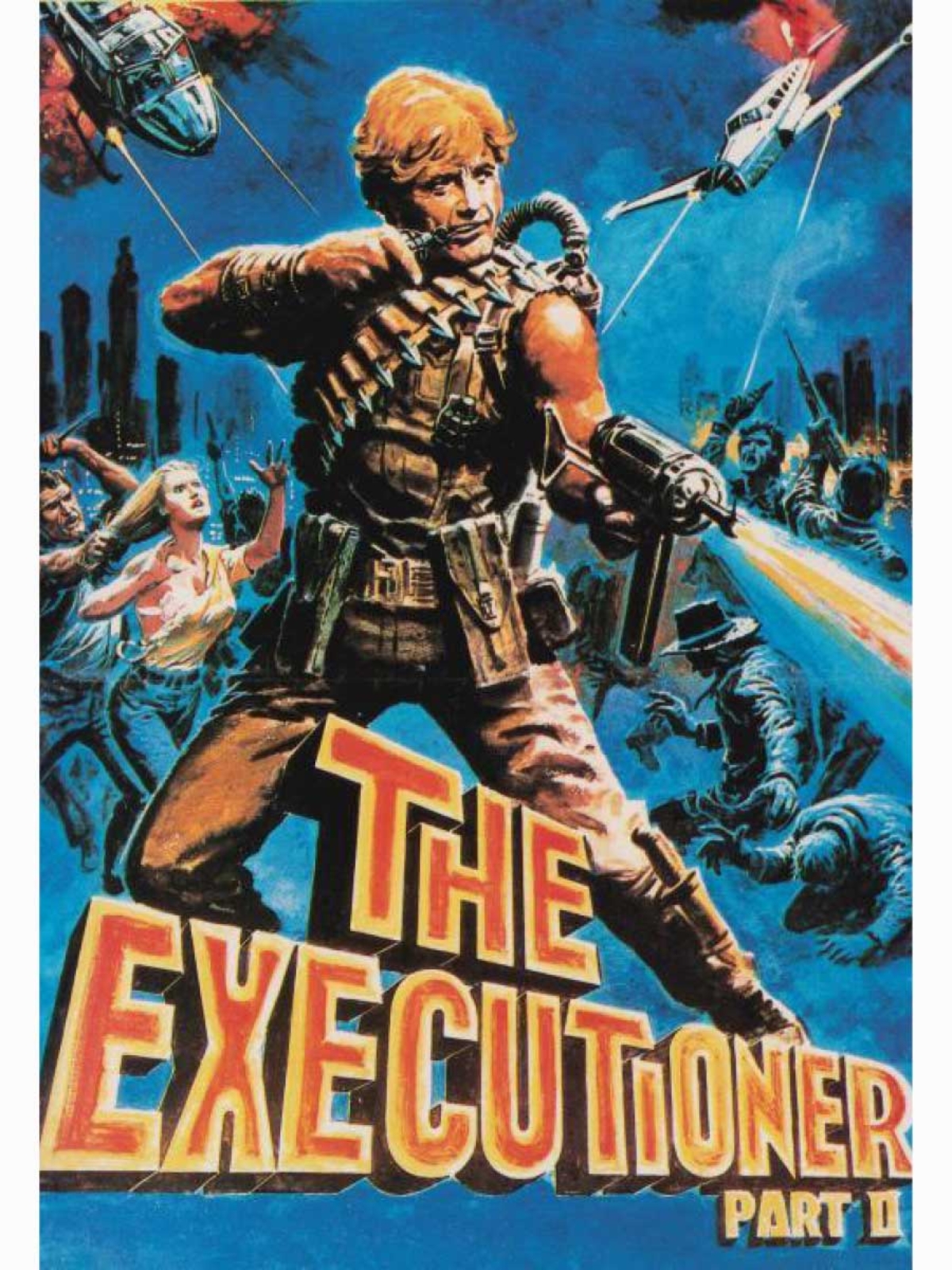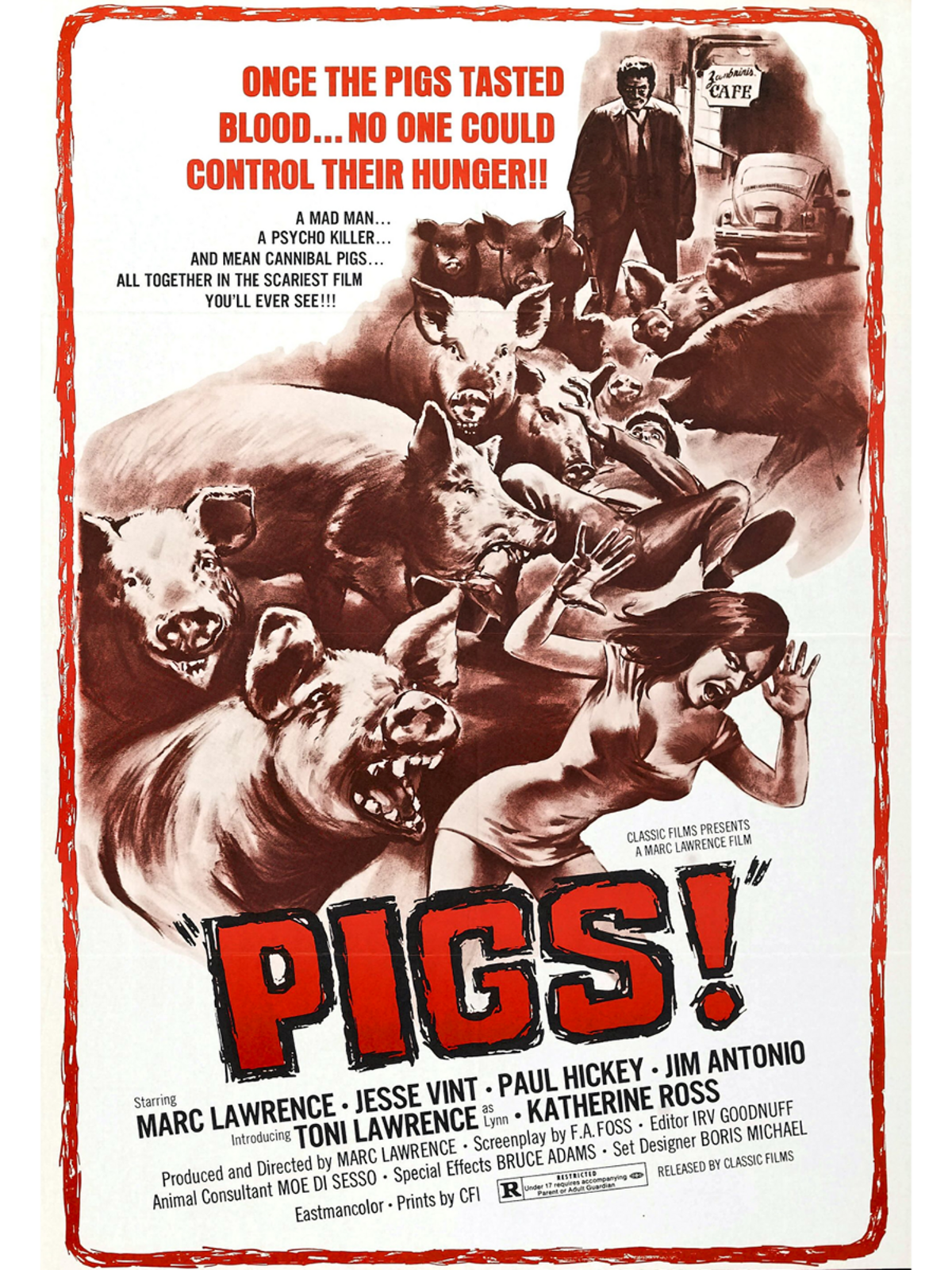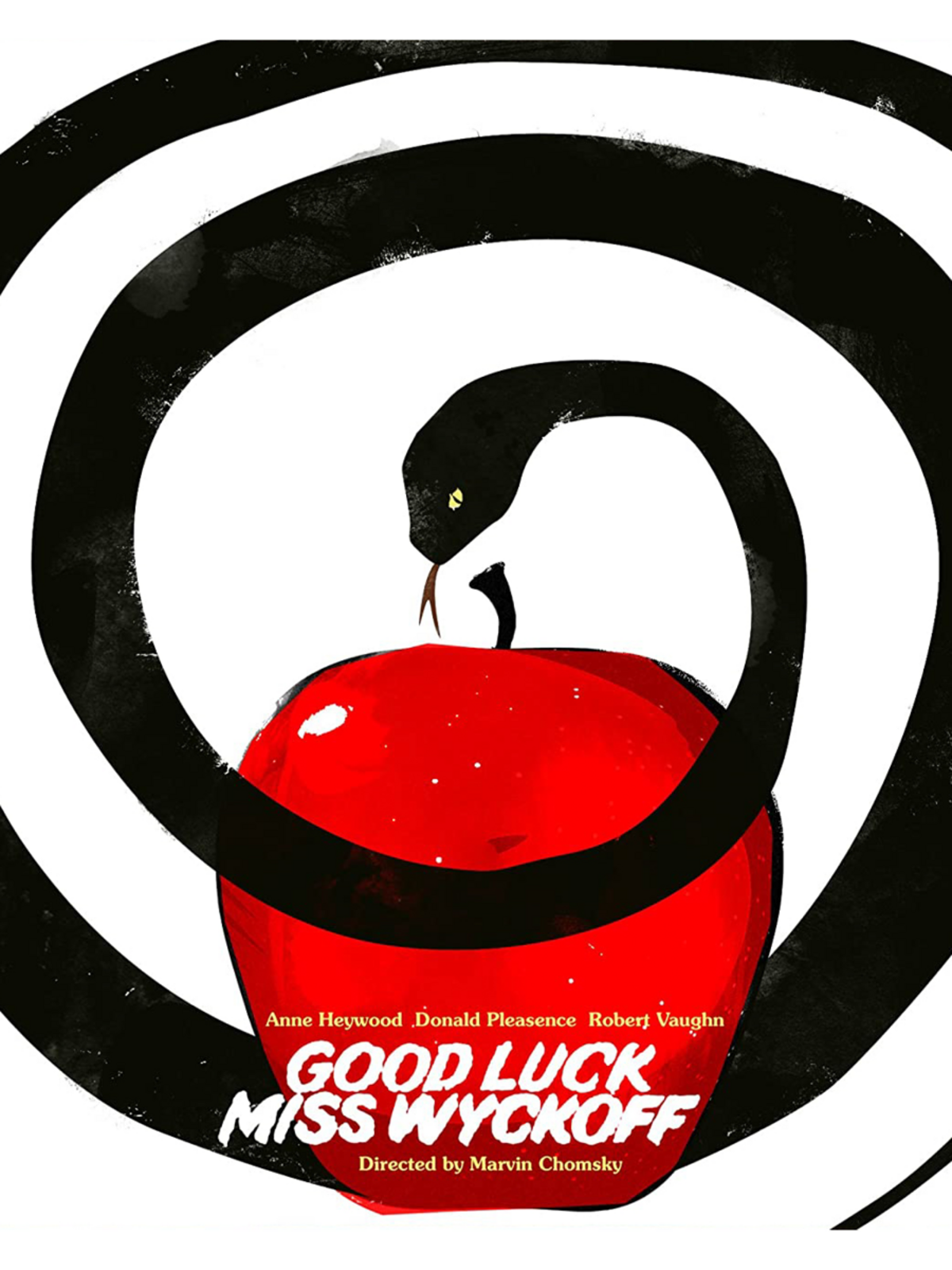If culture is to be preserved with true fidelity, most qualitative notions of canon-worthiness need to be disregarded. It’s important that schlock and sleaze be embraced as warmly as sophistication. This is perhaps most applicable to the archiving of film, where exploitation and sexploitation flicks can yield just as much valuable—and, in some cases, more accurate—information about time and place as mainstream classics. For instance, does Martin Scorsese’s beloved Mean Streets portray New York City more vividly than, say, Andy Milligan’s seedy masterpiece Fleshpot on 42nd Street, which came out the same year?
Enter Vinegar Syndrome, a high-end film-restoration-and-distribution company whose focus is on the cinematic low end. The company takes its name from the chemical reaction that deteriorates older varieties of film stock. When they’re poorly stored for long periods, prints literally turn to vinegar. The team’s mission to preserve is “a race against time,” particularly when it comes to long-neglected genres and underground films. “I think what we do is … very important work because, in many cases, if we don’t preserve them, no one else will, and the film could become lost,” says Joe Rubin, Vinegar Syndrome co-founder. What the Criterion Collection is to art-house A movies, Vinegar Syndrome is to grind-house B (and, in some cases, C–Z) movies.
“All films deserve preservation, from big-budget studio productions to no-budget independents,” says Rubin. “Vinegar Syndrome is focused on genre films because [they] often represent the weirdest, most original and creative sides of cinema, if for no other reason than that meager resources can often result in literally being forced to try something new.”
“All films deserve preservation, from big-budget studio productions to no-budget independents.”
Such esoteric focus has resulted in the digital restoration of more than 500 neglected films, primarily from the 1960s to the 1980s, preserved in a catalogue of DVDs and Blu-rays that contains everything from hard-core “Golden Age of Porn” features to direct-to-video camp curiosities such as the 1989 high-school slasher Cutting Class, noteworthy for featuring Brad Pitt in his first leading role.
The Hard Part
The pursuit of seeking out and impeccably preserving the impossibly obscure isn’t easy, though. “Because of their often spotty release histories and poor ‘mainstream’ reputations, you’re not going to see ‘respectable’ organizations allocating funds to preserve these titles,” says Rubin.
In some cases, you almost get the sense that Vinegar Syndrome’s tenacity in securing “lost” material is much to the original filmmakers’ chagrin. Case in point: the company recently released Abel Ferrara’s (credited as Jimmy Boy L) XXX debut, 9 Lives of a Wet Pussy, which was made more than a decade before he became New York’s 90s indie auteur with back-to-back classics King of New York and Bad Lieutenant. One wonders how thrilled Mr. Ferrara is with the public reminder that prior to showing in Un Certain Regard at Cannes, his work was projected onto more dubious screens.
“I’ve often found it maddening that ‘serious’ film scholarship will endlessly laud auteurs like, say, [Jean-Luc] Godard, but wholeheartedly dismiss such ‘body of work’-based investigations of filmmakers like John Hayes or Jim Bryan,” says Rubin, referring to the directors of drive-in classics Sweet Trash and The Executioner, Part II, respectively.
The process of tracking down the physical materials needed for these obscure releases is nonlinear and unpredictable. “Every title has its own journey to us,” says Rubin. “I’ve pulled films out of labs and vaults that were marked for imminent destruction, and literally happened upon materials in people’s closets and living rooms.” Though, Rubin admits, often “the biggest hoops we have to jump through in terms of locating film elements is convincing whomever we think might have the material to actually bother to look for it.”
Easy on the Eyes
What sets Vinegar Syndrome apart from other home-video companies that specialize in re-introducing little-known sleaze—Arrow, Severin, and Mondo Macabro, to name a few—is its commitment to authentic period detail in packaging. More often than not, a film’s original promotional materials are tracked down and used for a Blu-ray’s cover, creating a pristinely nostalgic look.
“I personally prefer to pull from original art, but we also work with an excellent array of graphic designers and illustrators who, even when creating new pieces, know how to evoke the era and graphic styles associated with the film they’re designing for.” The aesthetic is so well done, in fact, that a not insignificant number of Vinegar Syndrome’s sales come from customers who are so enamored by a release’s cover that they’re willing to splurge $35 for a disc of something they’ve never watched or even heard of.
While some of the company’s releases aren’t totally unknown—see Robert Downey Sr.’s Putney Swope, Melvin Van Peebles’s Sweet Sweetback’s Baadasssss Song, D’Urville Martin’s Dolemite—browsing through the overwhelming collection is bound to test the knowledge of even the most Comic Book Guy–esque, oversaturated cinephile.
So, if you’re interested in dipping a toe into the proverbial hot-tub time machine, where should one begin? Rubin says the releases of 1979’s bleak Good Luck, Miss Wyckoff and 1971’s experimental The Telephone Book are two real points of personal pride, as are the titles Blue Money (1972), Pigs (1973), and Frozen Scream (1975). He’s also particularly jazzed about the company’s recent reissue of 1973’s Hollywood Horror House, “a psychedelic proto-slasher take on Billy Wilder’s Sunset Boulevard.” Now, if that description doesn’t pique your curiosity, well, you too might be turning to vinegar.
Spike Carter is making a documentary on Eric Roberts

